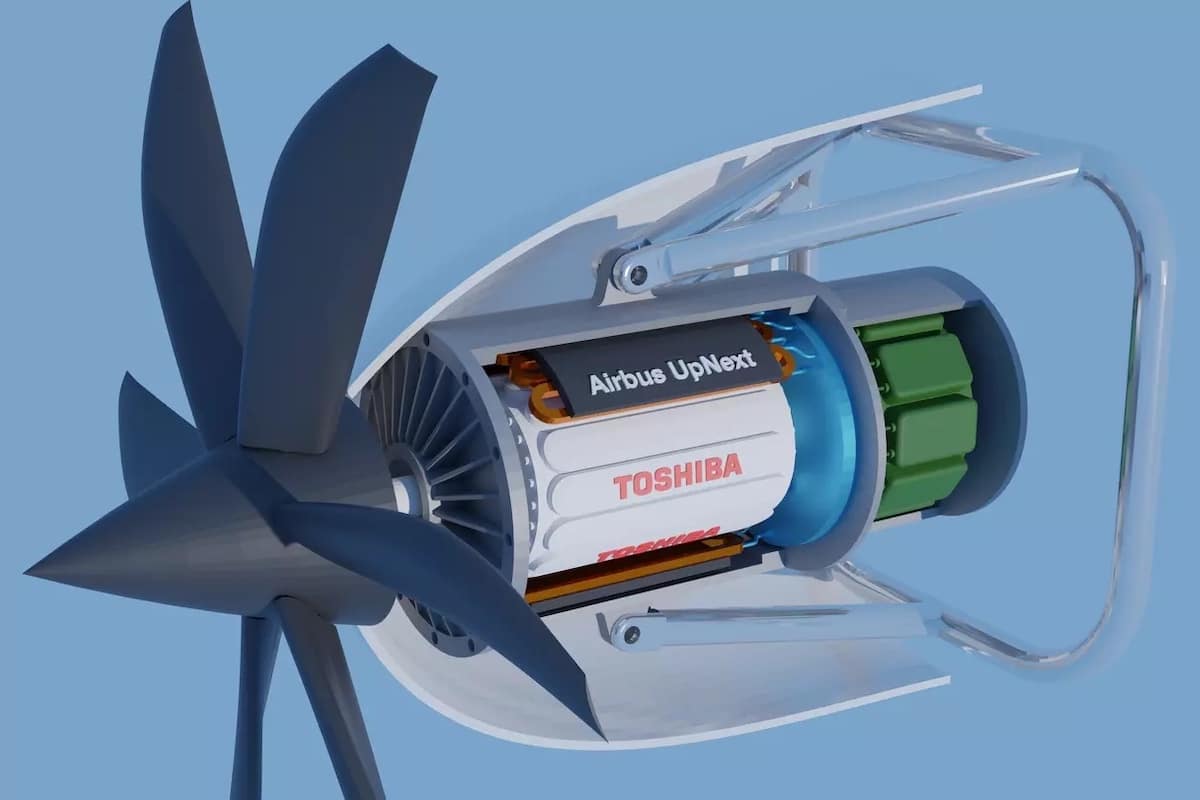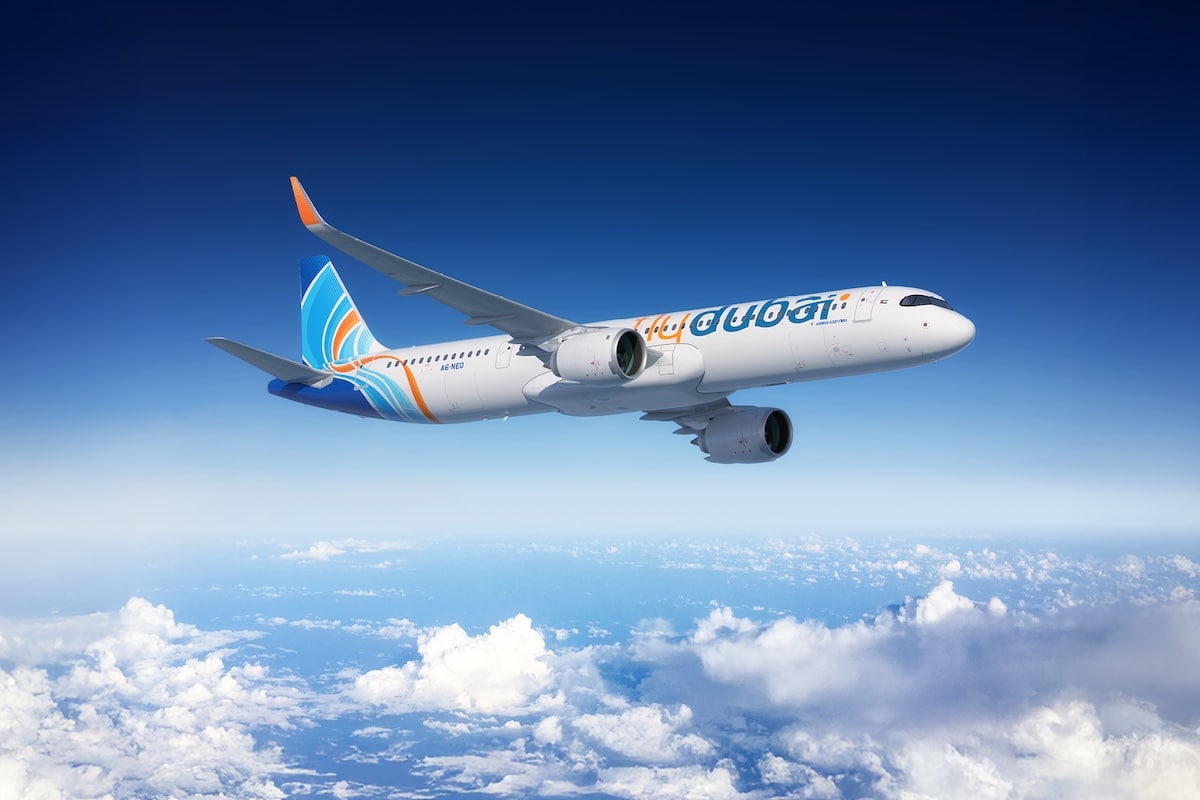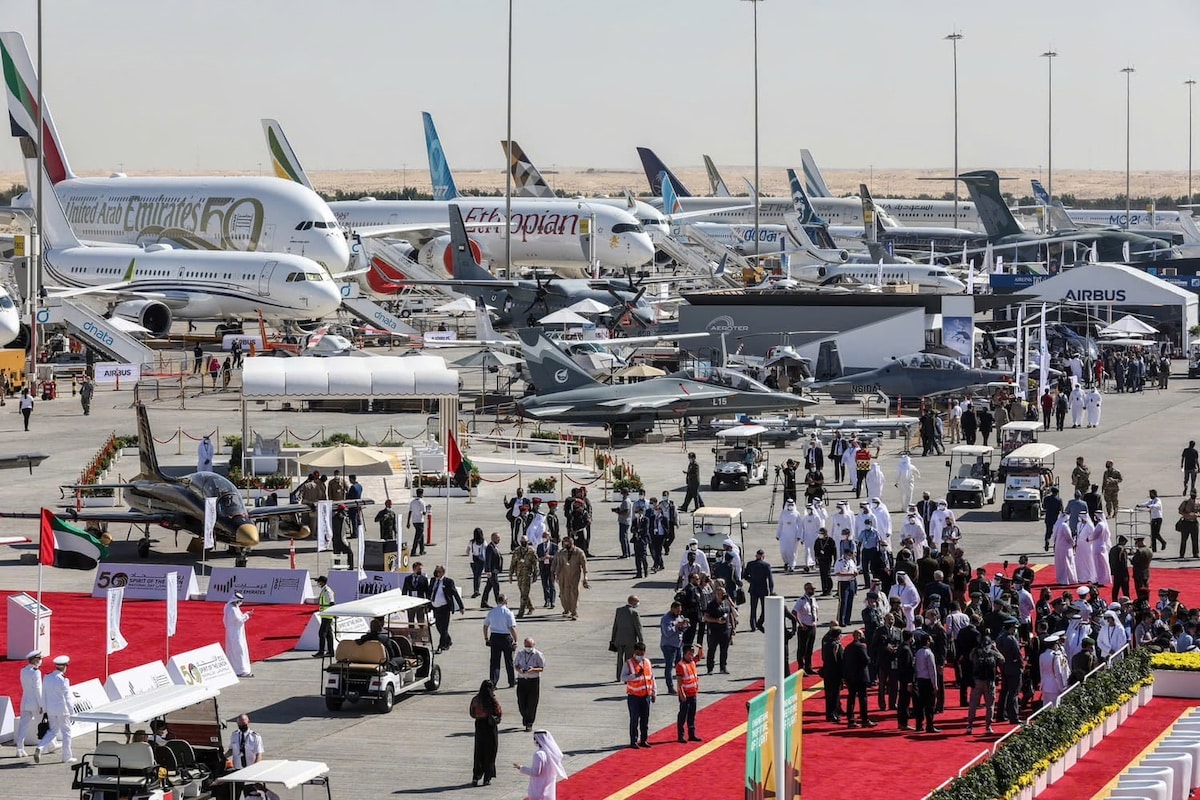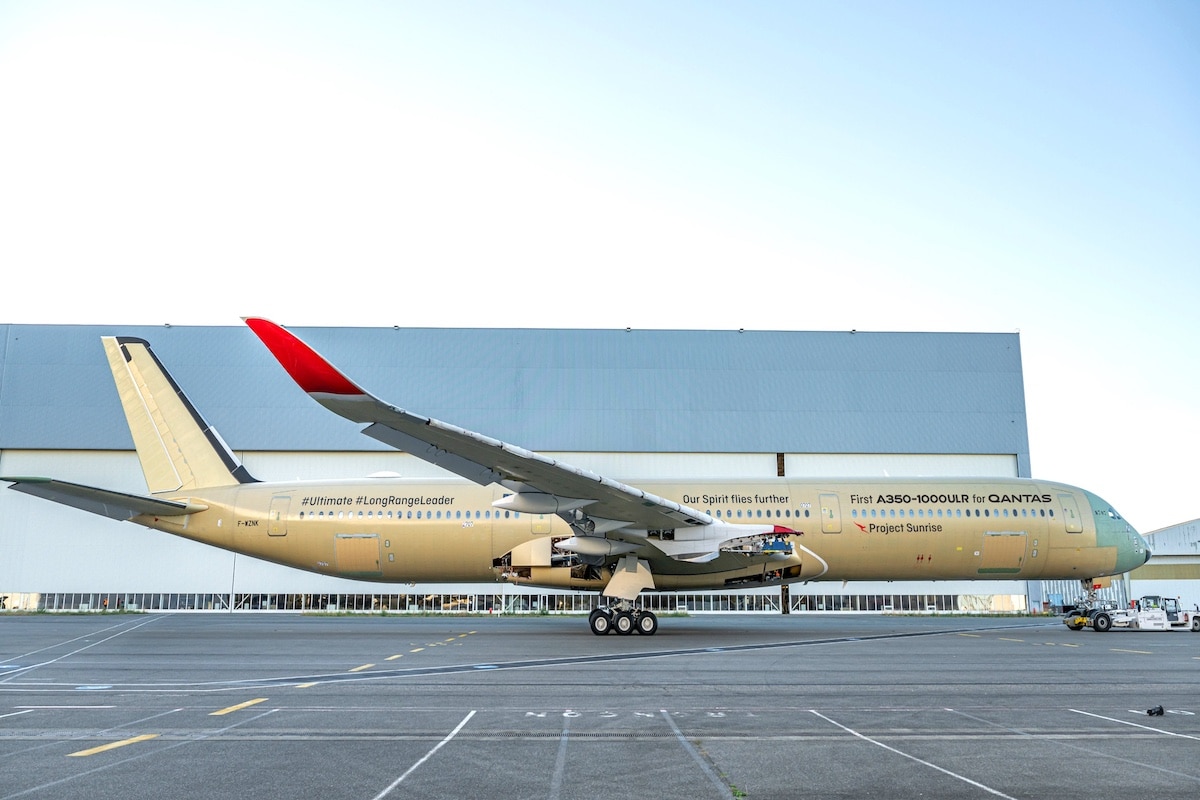Aviation: Airbus and Toshiba are working on a hydrogen engine

The decarbonization of the aviation sector will largely depend on the transition to hydrogen. A huge technological challenge.
Hydrogen is a promising energy source for aviation as it could significantly reduce CO2 emissions, a crucial issue for achieving carbon neutrality by 2050. Used as a fuel in hydrogen planes or in electric propulsion systems, hydrogen could provide a sustainable alternative to fossil fuels.
However, several challenges remain, starting with the storage of hydrogen, which must be kept at a very low temperature (-253°). Refueling infrastructures are also very complex, both in terms of its production (green with renewable energies) and its distribution. But apart from green fuels, known as Sustainable Aviation Fuels (SAF), hydrogen is the only other truly relevant solution. Battery electric systems might satisfy some very short flights (up to 1000 km), but they will not meet the needs of medium and long-haul flights due to the weight of the batteries that need to be lifted off the ground.

Is hydrogen the only lifeline?
Airbus UpNext, a subsidiary of Airbus, and Toshiba Energy Systems & Solutions Corporation (Toshiba), the energy branch of the Toshiba Group, just announced a strategic partnership to pool their expertise in superconducting technologies, with the aim of developing hydrogen aircraft.
Superconducting technologies, which use liquid hydrogen at -253°C not only as fuel but also as a cooling agent for electric propulsion systems, could transform aircraft performance. This cryogenic technology would allow for nearly perfect power transmission within electrical systems, thereby boosting energy efficiency and overall performance of the devices.
Towards a two-megawatt engine!
Over the past decade, Airbus has been actively working to reduce the risks associated with superconducting technologies. More recently, Airbus UpNext launched the Cryoprop project, a demonstrator designed to test a two-megawatt superconducting electric propulsion system. Meanwhile, Toshiba has been conducting research in this field for nearly 50 years and revealed its prototype of a two-megawatt superconducting engine for mobility applications in June 2022. Two megawatts – or 2 MW – is equivalent to a power of 2682 horsepower or the energy consumed by 2000 households.
Such power, multiplied by the number of engines, will be able to move medium-sized propeller aircraft at speeds close to 700 km/h. But we return to the source of the problem: the storage of so much hydrogen on board the aircraft…
ALSO READ: Propeller planes are making a comeback against jets
This page is translated from the original post "Aviation : Airbus et Toshiba planchent sur un moteur à hydrogène" in French.
We also suggestthese articles:
Also read






